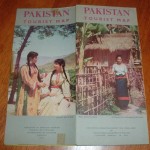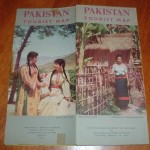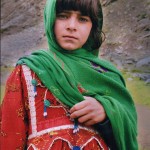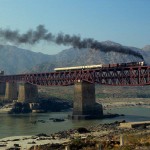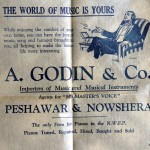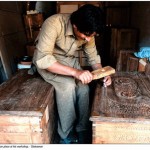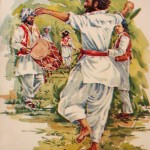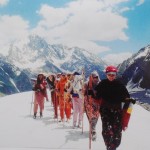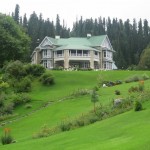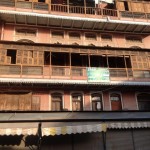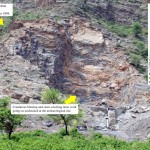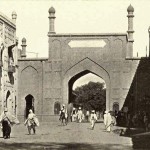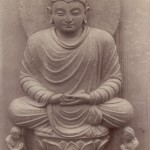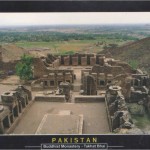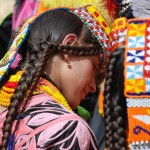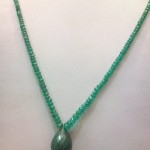Glimpses into the rich history of Peshawar & KP
May 18, 2013
by Javed Iqbal
It was a common scene in 60s and 70s to spot European and English travelers across Khyber Pakhtunkhwa and Gilgit Baltistan. The region exhibited tolerance and the traditional welcoming nature of local Pashtun tribes that has been a subject of vivid writings during colonial period of India. Peshawar and Swat in particular hosted contingents of travelers who came flocking to the region to witness Buddhist remains and travel along the route which was once traveled by Alexander the great.
Here is a brief pictorial account of some attractions of the region.
- 1963 Brochure ‘Pakistan Tourist Map’ published Ministry of Commerce Gov of Pakistan 1963 (Credit: Qisa Khwani FB page)
- Like the Khyber pass safari, the railways in Pakistan has seen unprecedented decline in the past 2-3 decades.
- The once famous and crafty Peshawar woodwork needs immediate attention
- The traditional Pathan dance ‘Attan’ has multiple variations and is dying owing to the new ultra religious view claiming all forms of music and dance against the injunctions of Islam.
- Pakhtunkhwa’s summer Governors’ lodge at Nathiagali, Khyber Pakhtunkhwa
- Khan club Peshawar- the once refurbished haveli served as a restaurant in inner Peshawar city. No more!
- Plunder in the valley of Buddha where illegal excavation and mining goes unnoticed and the region losing some of the oldest and finest of Buddhist remains
- Kabuli gate (1905) from the famous Qissa Khwani (Story teller bazar), Peshawar
- Statue of a Buddha seated on a lotus in Swat Valley
- Takht bahi (Mardan) Buddhist monastery- A UNESCO world heritage site
- Vibrant Chilum Jusht Spring Festival of Kalash tribe of Chitral-Bumboret (Photo:Ali-Jan)

